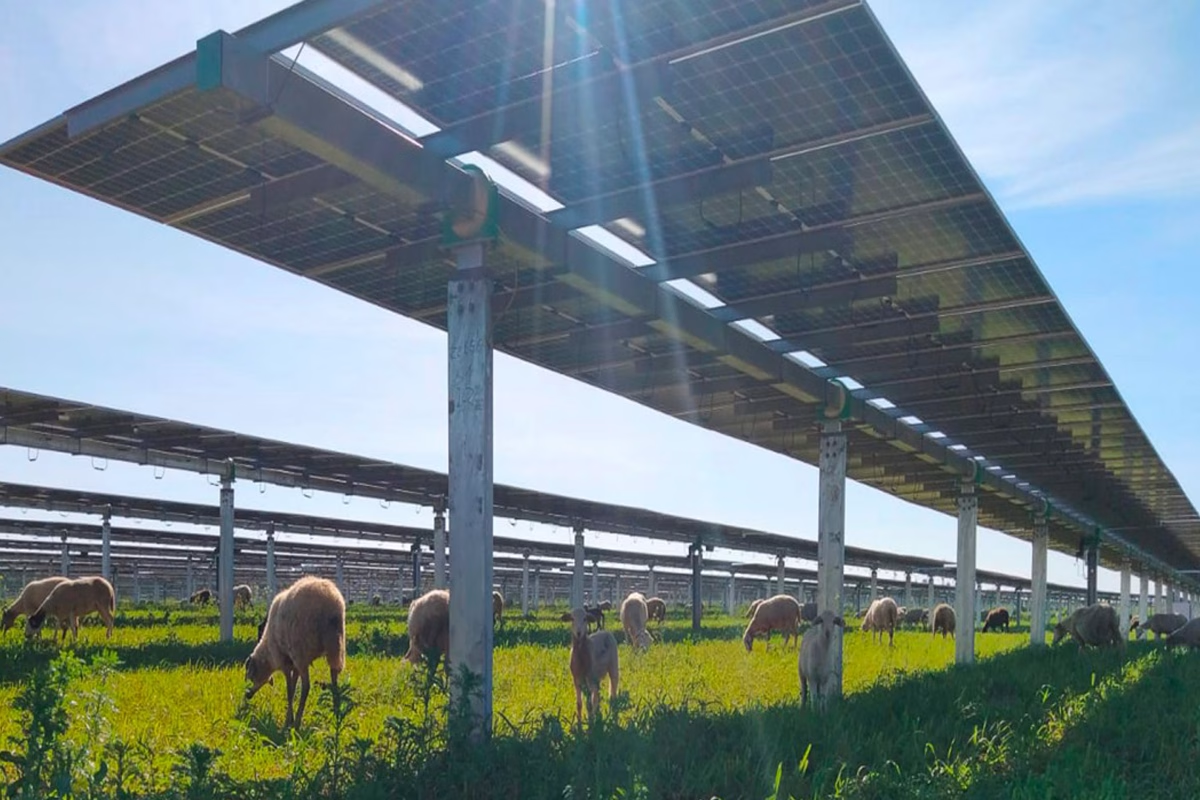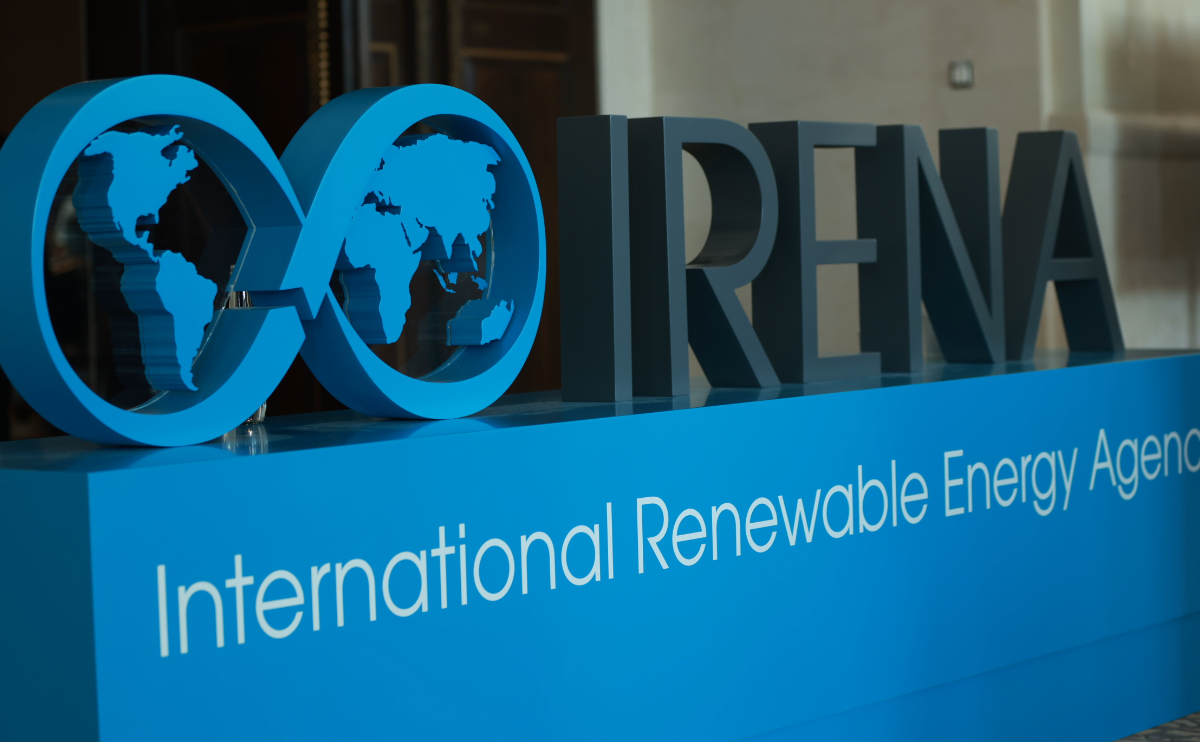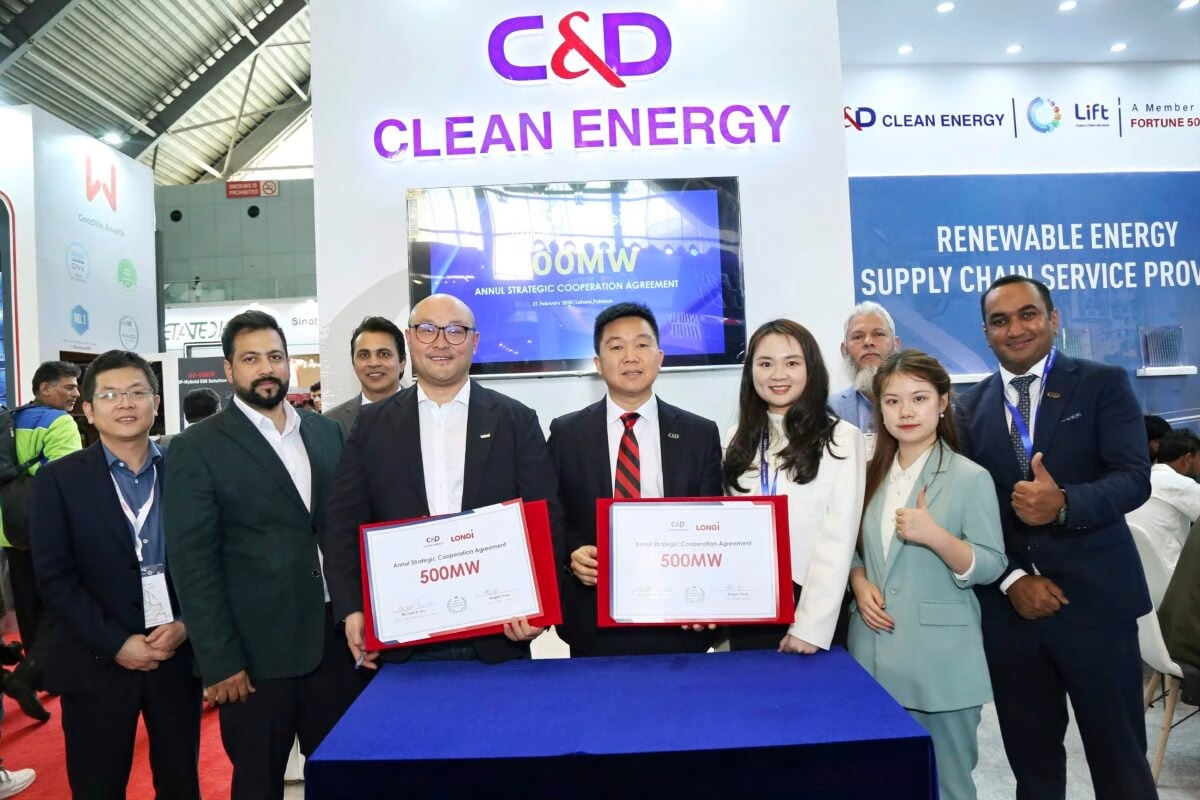
Declining Power Demand in Pakistan Results in RLNG Surplus
October 28, 2024
‘Lack of policy clarity is holding back crucial energy storage investments’
November 26, 2024Until about a year ago, data centers were largely unnoticed. People used them, but they didn’t think much about them. That changed with the surge in artificial intelligence (AI), which was quickly followed by a race for energy. Now, one year later, data centers are becoming a significant threat to the energy transition that many governments have staked their futures on.
Power utilities, regulators, and climate activists are increasingly concerned about the growing electricity demand driven by the rapid expansion of data centers, according to a Reuters report this week. This surge in demand has caught many off guard, and there’s frustration that renewable sources like wind and solar haven’t scaled quickly enough to meet this new need. Some experts suggest that no scale of renewables, particularly intermittent ones, could have managed the demand on their own.
The concern is real. The Washington Post also highlighted the impact of data center growth on electricity demand, pointing out the risks it poses to decades of progress in reducing greenhouse gas emissions. Utilities are now planning to build new gas power plants to meet the rising demand.
Data centers, which require uninterrupted, reliable electricity 24/7, have become an unexpected challenge for the energy transition. Wind and solar, even with battery backups, cannot provide the level of reliability needed, which is why operators are turning to gas, coal, and even considering new or revived nuclear power. The race for energy supply is intensifying.
Natural gas producers are eager to meet this demand. After years of low prices, they see a significant opportunity in the surge of electricity demand driven by data centers, especially as AI development further increases their energy needs. Data centers are becoming more power-hungry, and gas is the most readily available energy source.
S&P Global recently estimated that data center growth could add 3 billion to 6 billion cubic feet of new daily gas demand to the U.S. by 2030. The agency expects electricity demand from data centers to grow at 12% annually over the next six years, a pace that benefits natural gas producers. However, this growing demand cannot realistically be met by wind and solar alone, the key pillars of the energy transition.
That said, pressure is mounting on data center operators to adopt more renewable energy. Meta’s spokesperson, Jim Cullinan, acknowledged that more renewable energy is needed to meet growing demand but pointed to utilities as the ones responsible for fulfilling the supply.
However, shifting responsibility to utilities won’t change the underlying issue: wind and solar can only supply power intermittently, while consistent, round-the-clock power must come from baseload generation, emissions and all. This situation provides a glimpse into what the energy transition will actually look like, as the central goal is electrification.
As the CEO of the energy transition advocacy group RMI put it, “Data centers are just a warm-up act compared to the electrification we’ll see in the future.” He warned that if the first response to this demand is to build more gas and nuclear plants, it would create an energy system that is unsustainable.
The affordability concern likely refers to emissions, not just cost, but the point about data centers being a “warm-up” is key. The surge in electricity demand from these facilities highlights the significant barriers to the energy transition envisioned by its advocates. It also exposes the limitations of wind and solar and debunks the myth that they can replace, rather than complement, fossil fuel generation.
No matter how much tech companies claim otherwise, their industry needs a reliable electricity supply—something that wind and solar alone cannot guarantee. The reality is that one can either have green energy or a reliable power supply, but not both without substantial reliance on fossil fuels or nuclear power. Recognizing this sooner rather than later would be better for everyone, including the planet.




